Teaching Diversity in a White-Washed World
This post may contain affiliate links.
Karen Carter guest posts today. She’s a mom, an author, and an advocate for social justice.
Teaching Diversity
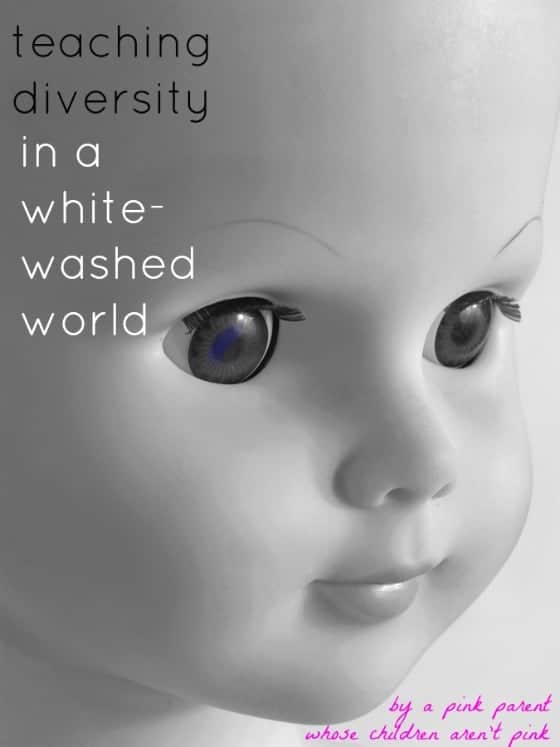
I’m what author Amy Ford calls a “Pink Parent,” a term I think is actually pretty darn cute. I’ve yet to read her book, BROWN BABIES, PINK PARENTS about transracial adoption, but I relate to her goal of helping other “pink parents” navigate the challenges of raising children whose life will differ greatly from their own simply due to the color of their skin.
My children aren’t adopted, and aren’t all brown. Funny thing with genetics, you really never know what you’re going to get. Since my husband is mixed-race (African American and French Canadian), I assumed his darker hair, eyes, and skin tone would dominate when we had children. Then my son was born with blue eyes and fair skin. By age two he sported a blond head of curls everyone loved to touch. Six years later his sister was born, my only brown baby. As enamored with my child as any mom, I’d forget we looked so different until some stranger would blurt out “Is she YOURS?” or ask if my daughter was adopted. One time I showed up at my pediatrician’s office with my son, my middle daughter, and their youngest sister (with her very fair skin, jet black curls, and dark eyes) and was asked if I was babysitting someone else’s tribe.
Such is the life of a pink parent with children who aren’t exactly pink. And that’s fine with me. The challenge arises when those children start asking questions about “what” they are, usually prompted by questions from classmates. When your diverse child is growing up in a primarily white-washed American suburb, such issues are going to crop up. Helping your child understand and appreciate his or her identity takes a little extra work—and can be a whole lot of fun.
At Home
Like most parents, I turn immediately to books when looking for teaching tools. Luckily for kids of mixed-race heritage, many more titles featuring children with diverse backgrounds exist now than in the past. Some of these I shared with my children when they were little, and some I’ve just recently discovered and have not yet read. All promise to provide good starting points for conversations about racial diversity. (Whether before, during, or after reading a book together, keep those conversations going!) Here’s just a sample of what’s available in your library or favorite bookstore:
BLACK, WHITE, JUST RIGHT! By Marguerite Davol
BENJAMIN AND THE WORD by Daniel Olivas
THE NEW BEAR ON THE BLOCK by Staci Schwartz
LET’S TALK ABOUT RACE by Julius Lester
THE SKIN YOU LIVE IN by Michael Tyler
THE COLORS OF US by Karen Katz
WHOEVER YOU ARE by Mem Fox
ALL THE COLORS OF THE EARTH by Sheila Hamanaka
Books for Parents:
DOES ANYONE ELSE LOOK LIKE ME? By Donna Jackson Nakazawa
I’M CHOCOLATE, YOU’RE VANILLA by Marguerite Wright
On the Go
Since U.S. school-age students of any background now learn about Martin Luther King, Jr., Harriet Tubman, Rosa Parks, and other figures from black history, visiting one of the black history museums and other sites that grace most major U.S. cities is a terrific option. In Denver, we have the Black Historical Western Museum. At the Denver Art Museum, my daughters and I were able to meet some of the widely acclaimed Gee’s Bend quilters during the second tour of their quilting exhibit in April 2008. That same spring, we also went to the Denver-based Platte Forum exhibit of quilts made by local students on its opening night, which allowed my girls to meet some of the kids involved in this amazing project. While in upstate New York to visit family a couple summers ago, we also visited the Harriet Tubman Home museum, a must-see for my youngest, who’s incredibly impressed by Harriet Tubman’s story.
Other mid-sized cities with African American museums or cultural heritage sites include Kansas City, Memphis, Cincinnati, Hartford, even Cedar Rapids. Visit the Association of African American museums and check out their member links for details on other locations. You’ll find multiple sites in large cities like New York, Washington D.C., Chicago, and Los Angeles. Consider scheduling one into your next visit.
If you have a child who fits right into their neighborhood, town, and school but may have questions about that lone brown child in their class or the mixed-race family down the street, exposing them to books and other resources that explore racial issues or black history can help broaden their appreciation for differences and perhaps encourage them to connect with someone who stands out from the crowd for whatever reason. Chances are, they’ll discover they have a lot more in common than they think.
BIO: Karen DeGroot Carter is the author of ONE SISTER’S SONG, a novel that explores issues faced by people of mixed-race heritage. Her blog, BEYOND Understanding, explores resources that promote tolerance and celebrate diversity.
Melissa’s Note: I’ve been thinking about this a lot lately – which is why I asked Karen to write a guest post. I’m so glad I did. Karen, thank you so much for sharing your story and for suggesting ideas for us as we thoughtfully and respectfully teach our children to value others.
My job as a mom and educator is to dive into this issue with gusto, to intentionally teach my children to respect and connect with others, because of our similarities and because of our differences.
Readers, what thoughts come to mind? What will you do because you read this post? What have you done in the past that has worked for your family?
RECENT POSTS:
Help Children Understand Their Feelings
![]() How to Develop Emotional Intelligence in Children
How to Develop Emotional Intelligence in Children

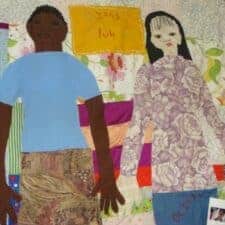
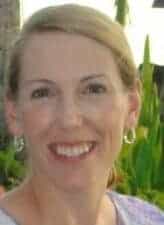
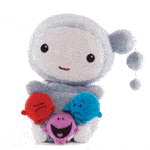
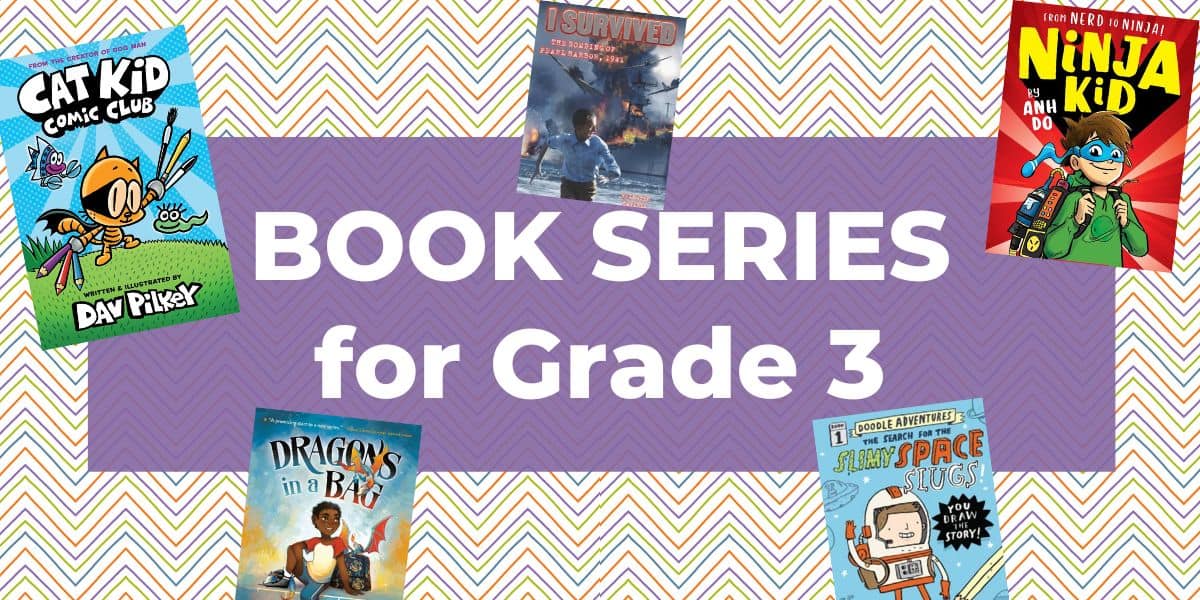
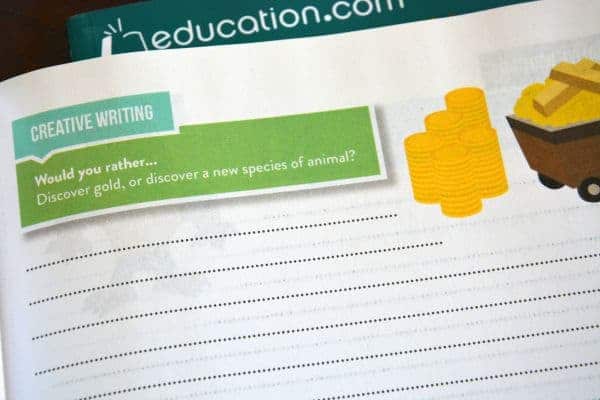

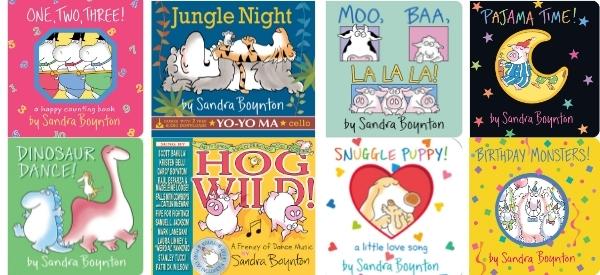
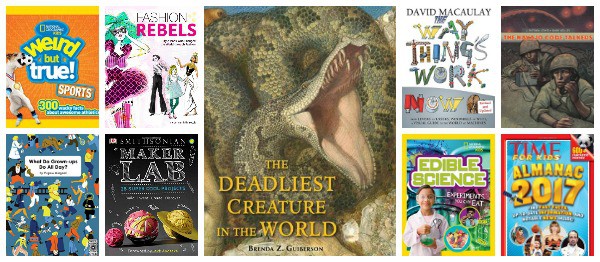
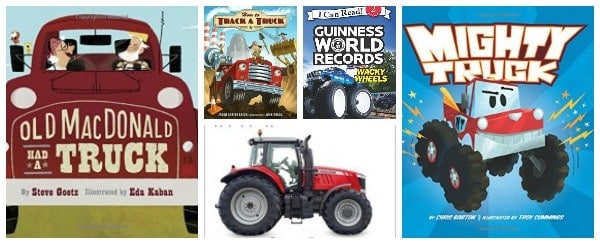
THANK YOU for writing such a lovely, thoughtful post about the importance of diversity—not just for our kids, but for the kids who encounter them daily. What a wonderful way to encourage self-confidence and self-love in your kids and show others, too, that our world is so much bigger than our living rooms, our towns, our states, our country… I appreciate you!
What a lovely post about such an important topic. Since one of my best friends and her husband are different races, we often have late-night talks about all of the above, amongst other things. Being reminded about all of the above great titles and learning of some new ones, I’m thinking the next GREAT book on this topic should be “The Color of Love”. Hmm, wonder if that already exists. If not, Karen, are you game? Thanks for the post!
Sherry and Book Chook, so glad you enjoyed this post. A Facebook friend just reminded me of another classic children’s book, BLACK IS BROWN IS TAN by Arnold Adoff. Sherry, I’m looking forward to learning more about Sundee Frazier and THE OTHER HALF OF MY HEART. Love that title! K.
One of the things I love about children’s literature is the opportunity it gives kids to walk a mile in someone else’s shoes. I’m with Karen, and would turn immediately to books for help with this issue.
I just read a book called The Other Half of My Heart by Sundee Frazier, a middle grade fiction novel about this very issue of black and pink and mixed race and racial identity. I’ll have a review at my blog sometime this week, but basically I thought it was a frank and excellent look at the joys and difficulties of growing up in a racially mixed family.